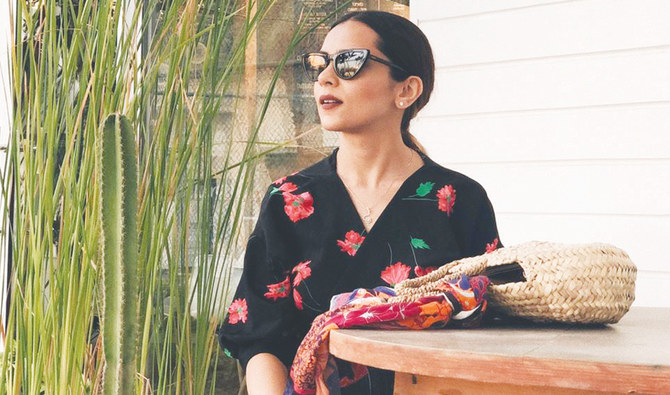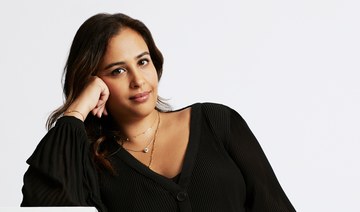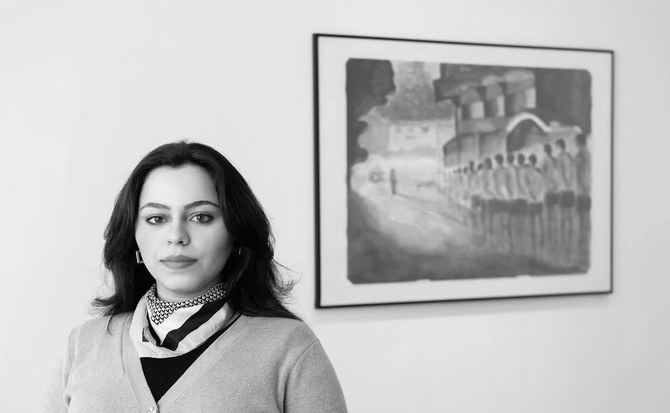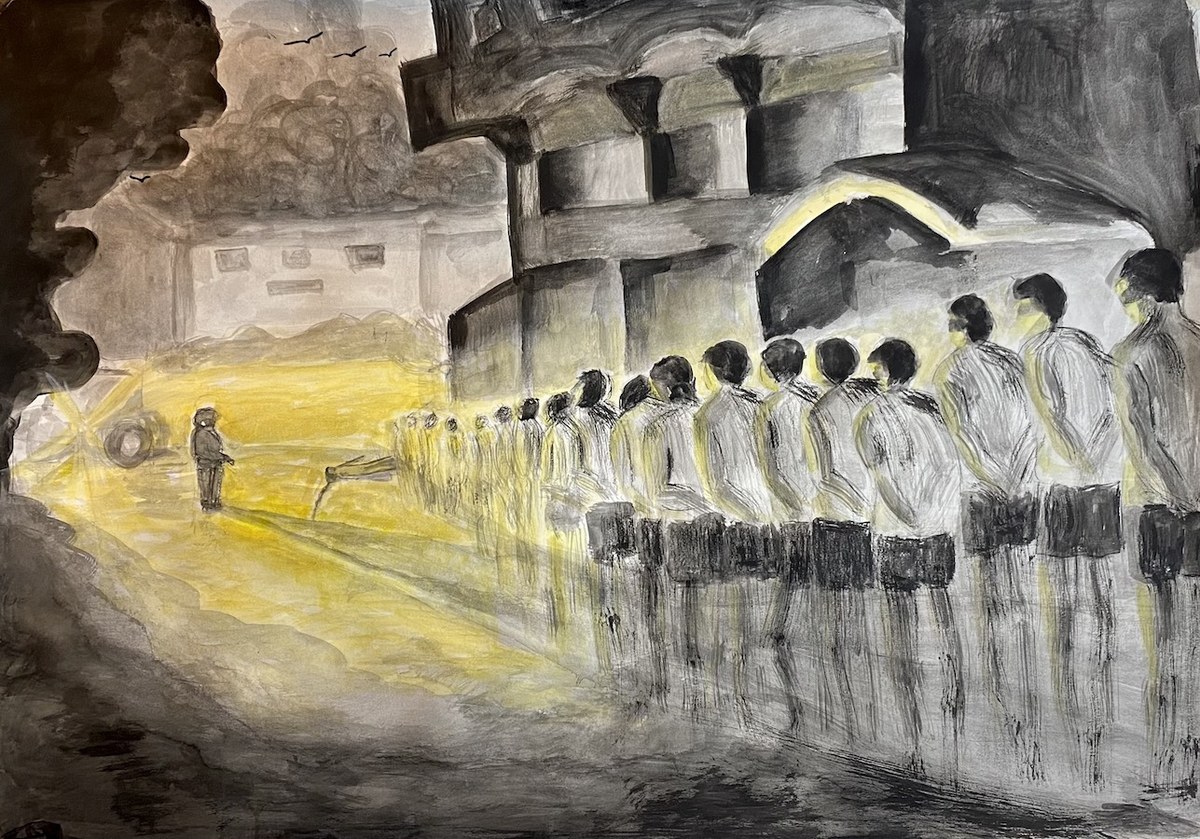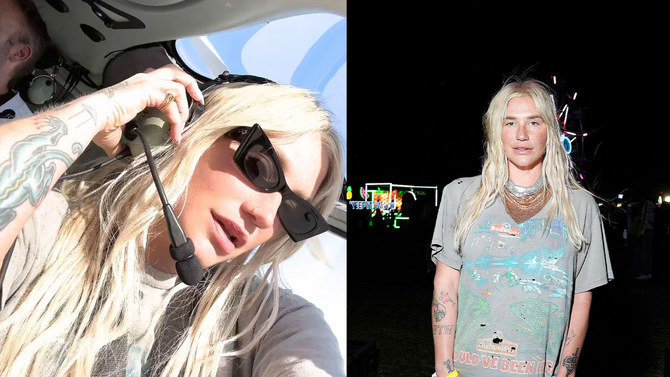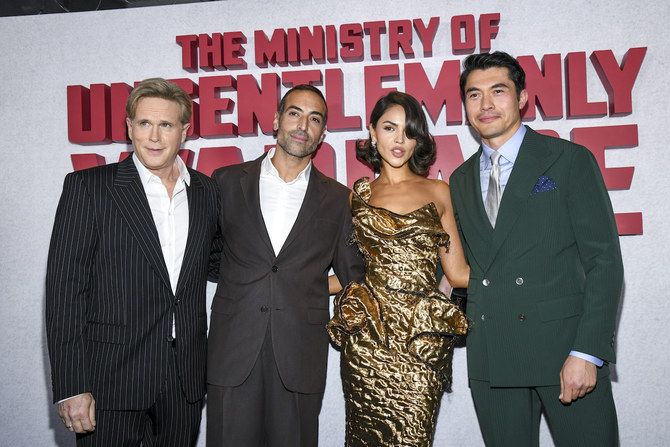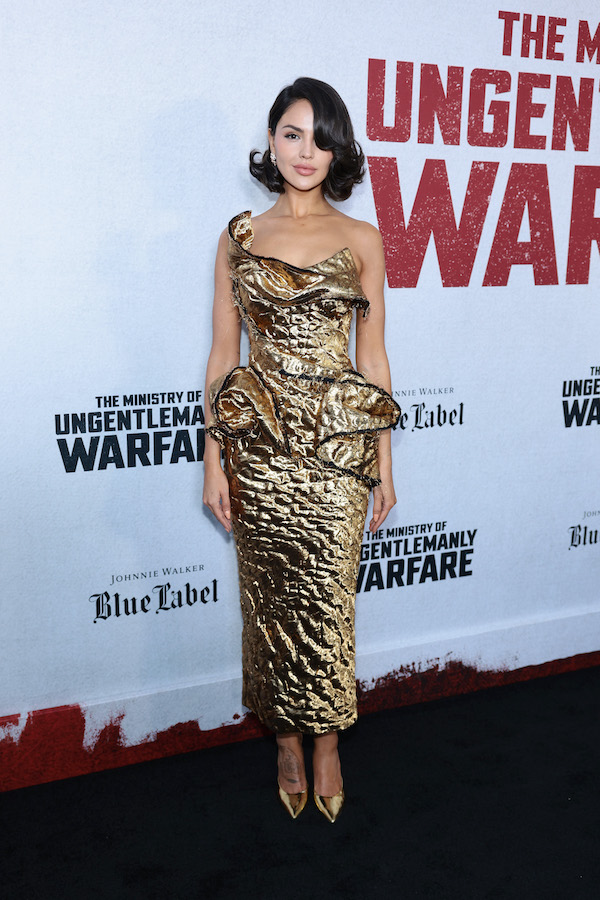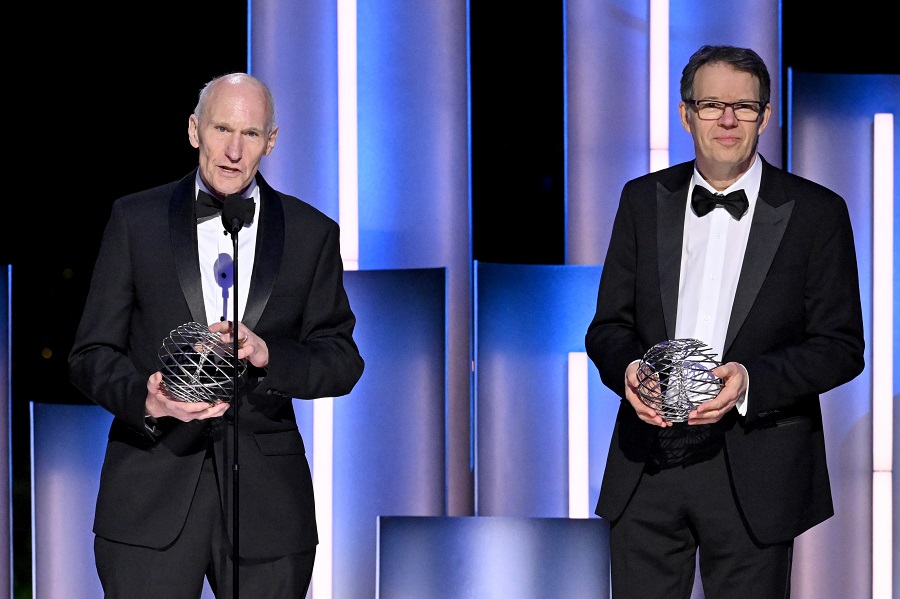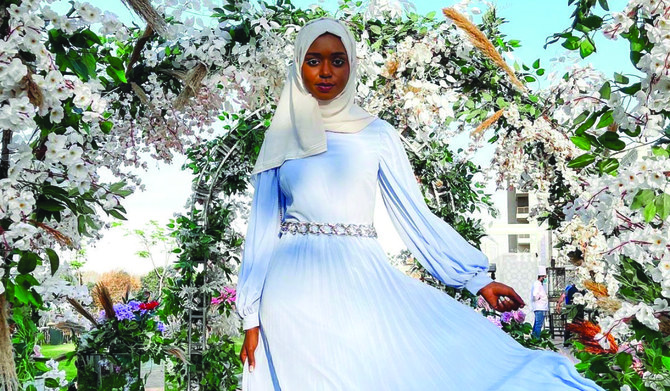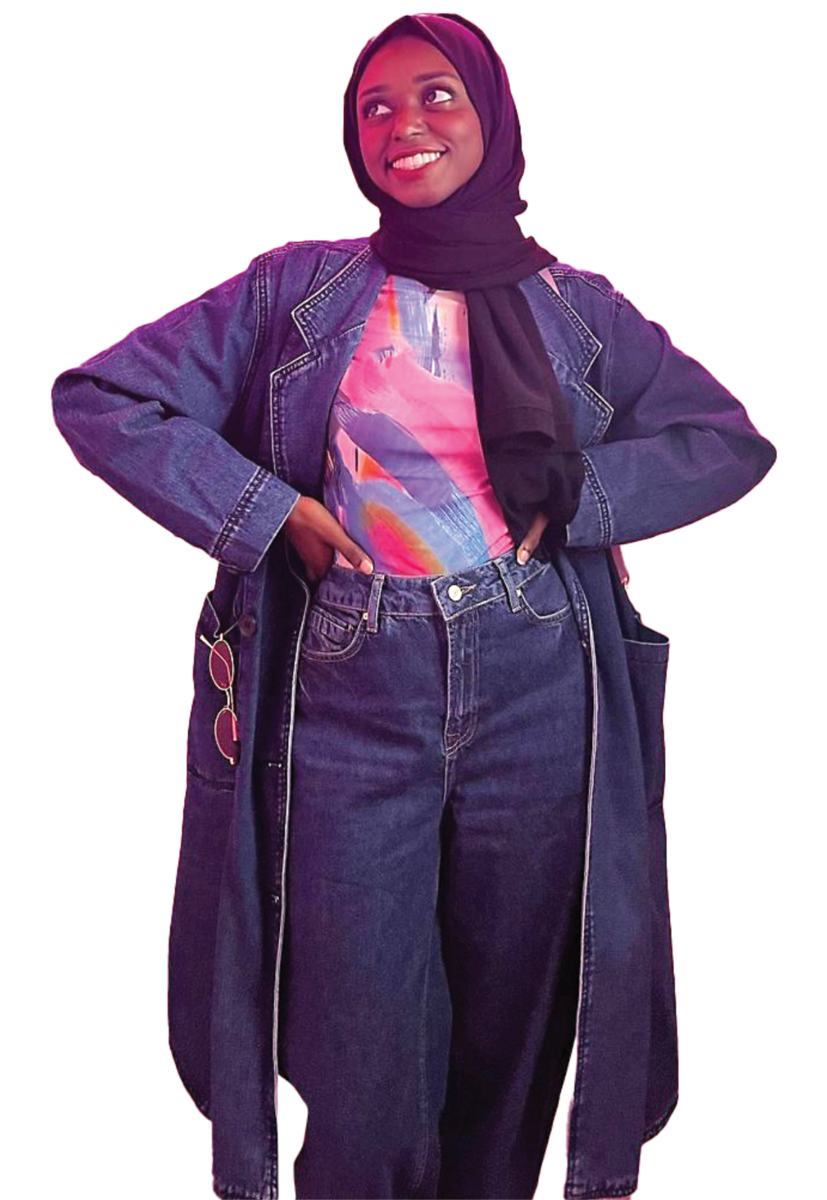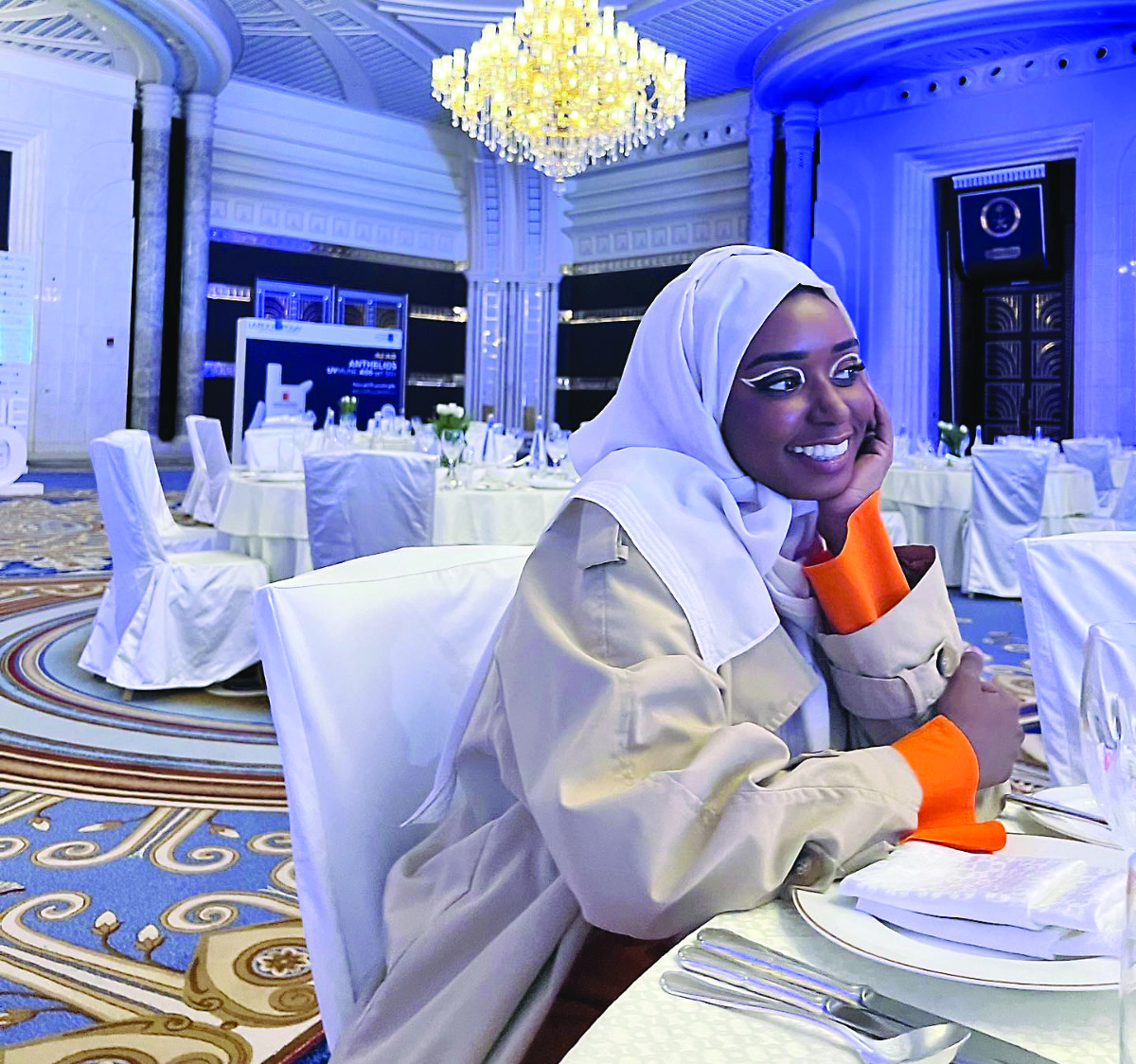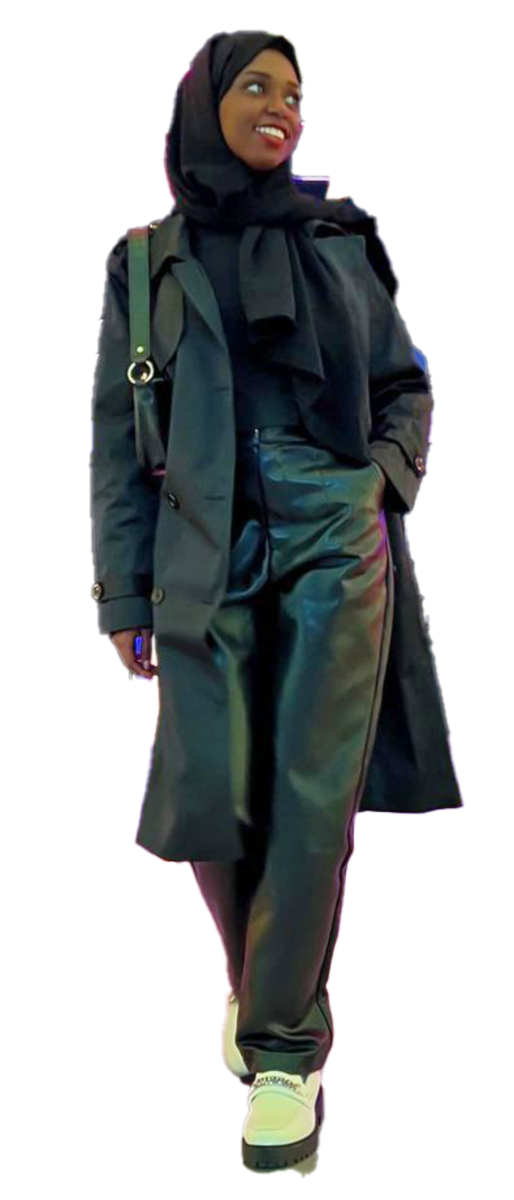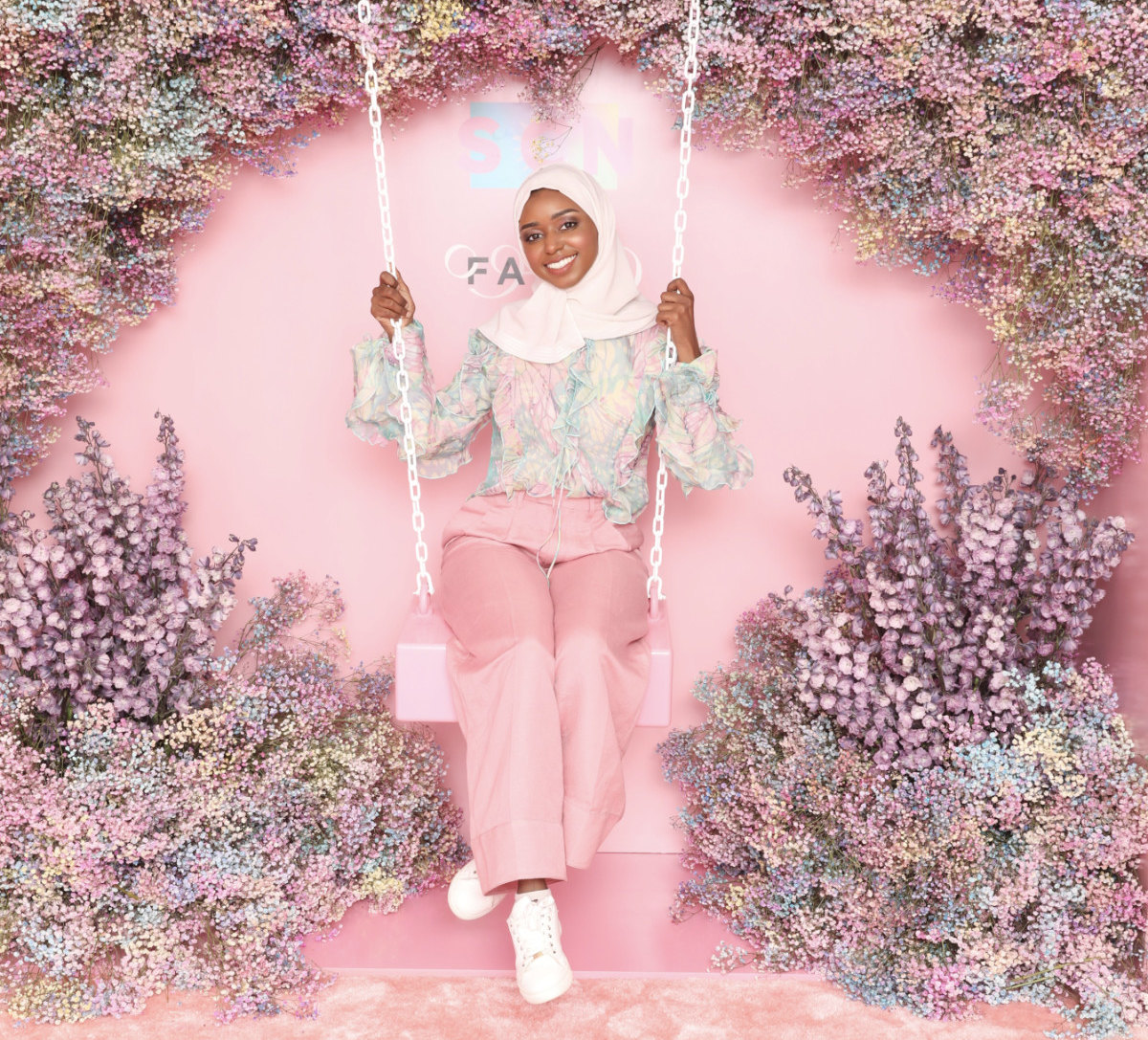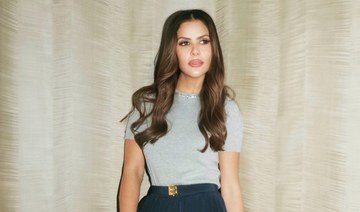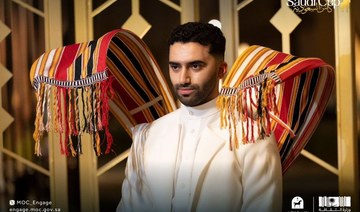DUBAI: A “third-culture kid” is a child who grows up in a culture different from the one in which his or her parents grew up. In a globalized world, where such an experience of childhood is all too common, the combination of the two identities can be socially isolating — or conversely, as in the case of Shaima Shamsi, enormously inspiring.
The 29-year-old, Saudi-raised Indian expat has parlayed her experience of growing up in the Gulf into a venture in wearable art with her all-inclusive fashion brand Third Culture Co.
 Instead of making her feel isolated, the mixed identity of a third-culture kid has given Shamsi inspiration for a wealth of fashion concepts.
Instead of making her feel isolated, the mixed identity of a third-culture kid has given Shamsi inspiration for a wealth of fashion concepts.
“I came up with the idea when I was in university in 2010. The idea behind it was more focused on third-culture individuals, and kids particularly, because that’s my background and what I had experienced,” she told Arab News.
“I wanted to put together something that would translate people’s stories through any medium.”
Born and raised in Saudi Arabia, Shamsi lived in London and Dubai before moving to Bahrain. The sense of being a global citizen has been one of the few constants in her life.
“I perceive the entire world as where I’m from,” she said. “And I’ve pitched in to do my part to tell stories that any global nomad of the 21st century can relate to.”
Shamsi has been expressing her third-culture identity via fashion, which has become the medium through which she narrates her stories and expresses her emotions.
“I felt that writing, or just one form of expression, wasn’t enough because the experience was so diverse,” she said. “There are many different ways in which people identify themselves as third-culture individuals. For me, the medium has been social dialogue. This is one way to describe my designs and collections.”
Third Culture Co. is all about social dialogue, but in the form of wearable art. The company’s latest collection aims to raise awareness about the harmful effects of single-use plastic.
Other collections have highlighted issues closely connected to life in the Gulf, such as displacement, alienation and water consumption.
Shamsi completed her bachelor’s degree in international business in London, and earned a postgraduate degree in management and creative industries, during which she specialized in emotional intelligence in entrepreneurs within the fashion industry.
“Doing that research helped me realize that in university we’re told you can do what you want in life, but we forget to take into account the psychological dimensions, including the possibility that we may encounter failure,” she said.
“You’re trained to react in a more practical manner because you’ve witnessed it much more clearly, and you’ve been trained to understand how to deal with your emotions.”
Last year, Shamsi launched a six-year project in the Gulf Cooperation Council (GCC) countries on a topic close to her heart. It is an attempt to educate and inspire individuals about sustainability. The focus of the first project, in Jeddah, was water consumption in the Gulf.
“We’re practically beginning to consume more water than we have, and we don’t have the awareness that it’s a non-renewable resource,” she said.
“So the entire exhibition was curated to it, where we displayed infographics on the issue and installed denim jackets as artwork. Denim takes a lot of water to produce, so a part of the artwork was placed on the jackets to convey the message that we have a problem, and that it’s only together that we can have an impact.”
Shamsi’s second project focused on single-use plastic in the GCC countries. An exhibition organized by Third Culture Co. in Bahrain featured a biodegradable bag designed to carry cutlery on the go.
The social message was one of self-responsibility. The next exhibition is due to be held in Dubai on April 22, 2020.
Two other subjects that are close to Shamsi’s heart are the Gulf’s heritage and dying traditions. One of her collections, “Syriana,” uses a type of hand embroidery traditionally used in Syria.
“It’s a dying form of art and I wanted to re-innovate it. I use ‘Syriana’ in fashion to help inform or educate people and do my bit to keep the tradition alive,” she said.
“I love museums, but there are many things that get tossed aside by the passage of time and the march of technology. I wanted the embroidery form to be available to future generations, for people to be able to touch the product and not just see it in a museum.”
Shamsi’s interest in cultures has driven to explore them in depth so they could be expressed through interesting narratives. “It was very fulfilling because something so simple, when put together, can truly have an impact on people’s lives and on public perceptions of Syria, Syrian artisans and Syrian heritage,” she said.
“We also used Syrian fabrics, which brought back to life something that was almost extinct.”
Another project of Third Culture Co. is “Najrani,” which is inspired by the Saudi region of Najran, where Shamsi collaborated with four grandmothers to explore the nature of the environment through their stories.
“They were powerful women, and the way they spoke of themselves and their childhood was inspiring,” she said. “It was all about the feminine spirit among the women of Najran. We took inspiration from a book, the landscape and their stories.
“The idea was to bring to life a particular kind of heritage, but in Najran the exercise had more to do with the stories and the landscape.”
Shamsi believes the potential for Middle Eastern narratives are endless. “For me, it’s not about picking up just any story. It’s about understanding, experiencing and then translating that experience so it can be felt the same way,” she said.
“The Third Culture Co. brand now focuses on heritage, with the emphasis on expression through meaning, purpose and value.”
Shamsi’s next project will zero in on Bahraini weaving and embroidery styles, including the tradition of palm weaving.
“I’d love to explore these elements within the region because I feel we’ve buried them below us,” she said. “It’s our duty to know more about the Middle East. I’d love to be able to work with organizations that can provide the support for discovering more about the region.
“As a small brand, there’s only so much we can do. We need to appreciate the value of what we have in this region and make the most use of it before sticking our heads out to see what’s trending in the world outside.”






